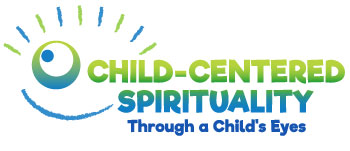Character built on high heels
 Character, conscience, reason, and more–they’re all here to explore within the human spirit. A story from my own childhood about character comes to mind.
Character, conscience, reason, and more–they’re all here to explore within the human spirit. A story from my own childhood about character comes to mind.
Last week, the doctor questioned me about my foot pain: “Do you wear pointy shoes or did you used to?” and I thought about my pointy shoes and those long-ago piano lessons.
When I was 8 or 9, my piano teacher participated in NFSM and all her piano students had a yearly audition, a non-competitive adjudication. We were judged on individual merit in the areas of accuracy, continuity, phrasing, dynamics, rhythm, interpretation, style and technique.
 That meant four years of daily piano practice. After going many tearful rounds with me about skipping out on it, my mother thought of a game-changer. We went to the thrift store and got dress-up clothes, including beautiful satin high heels. My father sawed off the heels so drastically that they were only slightly higher than my sneakers. But they were stunningly pointed.
That meant four years of daily piano practice. After going many tearful rounds with me about skipping out on it, my mother thought of a game-changer. We went to the thrift store and got dress-up clothes, including beautiful satin high heels. My father sawed off the heels so drastically that they were only slightly higher than my sneakers. But they were stunningly pointed.
After school, for at least one year, I got all dressed up, made dramatic entrances into the living room, walked across the Hollywood Bowl stage and, to deafening applause, began to play Czerny. Frequently I stood to bow before the adoring crowd of furniture.
With one small idea, my mother kept me in the game so that fruits of character had a chance to ripen. In those four years I grew in diligence, reliability, consistency, and the wherewithal to push through when I don’t feel like it. Where are you seeing mental, spiritual and emotional development evolving all at once in the children you love?

 Older children and teens learn and process much of their thinking through the lenses of movies, music, art, and literature. Think of how much time they spend exploring and learning through the media, absorbing perspectives about the nature of life, humanity, redemption, love, and spirituality.
Older children and teens learn and process much of their thinking through the lenses of movies, music, art, and literature. Think of how much time they spend exploring and learning through the media, absorbing perspectives about the nature of life, humanity, redemption, love, and spirituality. As spiritual beings, we are natural creators. We create art and music, literature and film, to tell stories that help us understand the nature of life. We crave a narrative framework that helps us understand ourselves and others and our place in the world. Most created works bear the marks of our human search for meaning. A creative work does not need to be explicitly religious in order to have spiritual meaning and insight.
As spiritual beings, we are natural creators. We create art and music, literature and film, to tell stories that help us understand the nature of life. We crave a narrative framework that helps us understand ourselves and others and our place in the world. Most created works bear the marks of our human search for meaning. A creative work does not need to be explicitly religious in order to have spiritual meaning and insight.